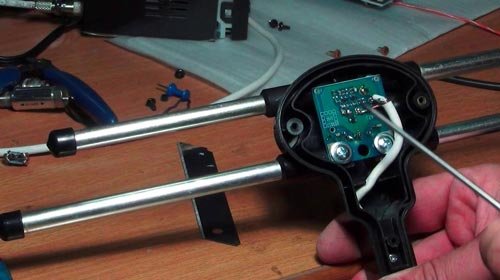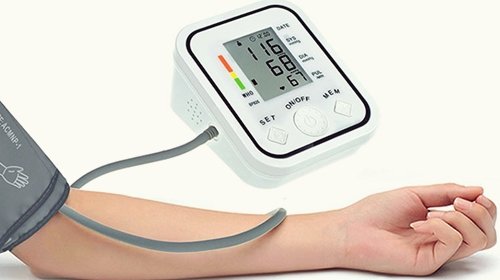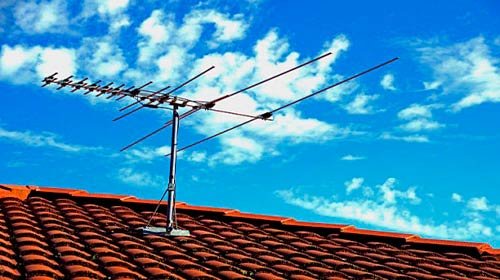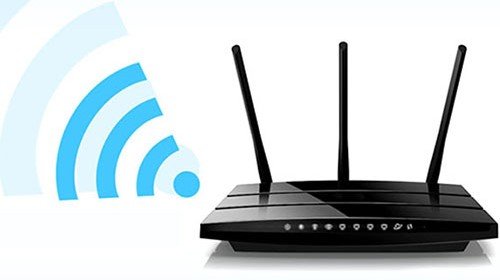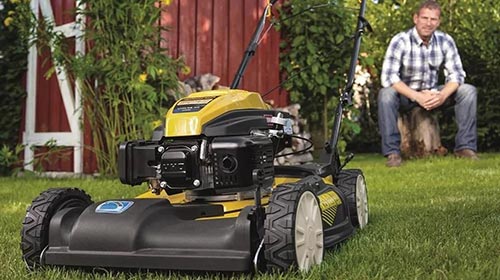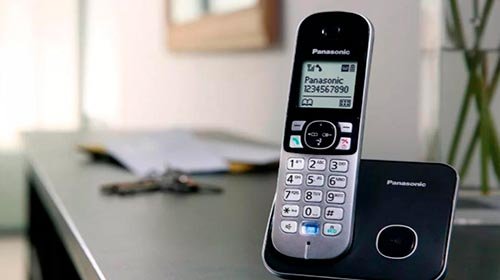Despite the fact that television antennas do not belong to the group of complex technical products, their choice also involves a number of important nuances. Some of them relate to operational parameters, while others are directly dependent on design features. By combining this information into thematic blocks, we brought out 10 important tips on the selection of television antennas, with which you will never make a knowingly vain purchase.
Content:
Antenna installation type
What types of antennas for TV are divided?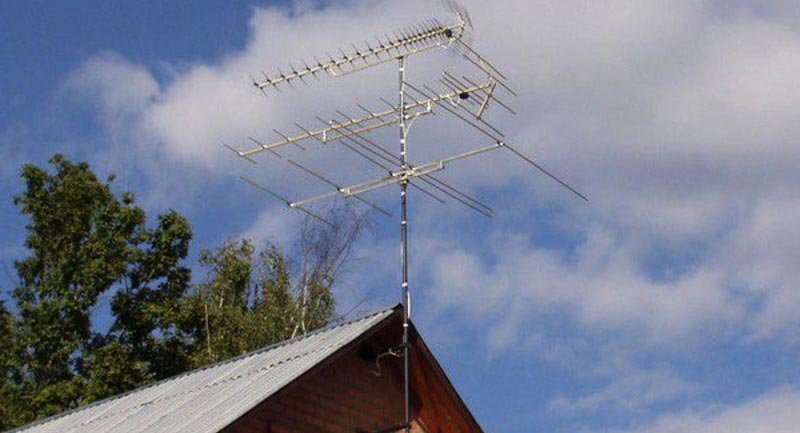
In accordance with this parameter, TV antennas are divided into three separate groups:
- room - are deployed indoors (preferably near the window to avoid interference) and pick up electromagnetic signals at a short distance from the repeater. As a rule, the distance to the point of broadcasting in the case of the use of such antennas can be up to 10 kilometers. Also a very important condition is the absence of noise-forming elements on the path of wave propagation (dense forests, thick floors, etc.).
- Street - the most common type of antennas, found in places with a lot of interference (dense buildings, rolling hills, high metal fences). Such models are installed, most often, on masts and are carried out at 4-7 meters above ground level.
- Hybrid - models of antennas, used with minor noise-forming elements, standing in the way of the repeater. To improve the signal, these devices are fixed with a bracket on the outside of the wall, which, on the one hand, slightly increases their sensitivity, and on the other hand, reliably protects against gusts of wind.
The number of work items
What is the number of working elements necessary for the normal operation of the antenna?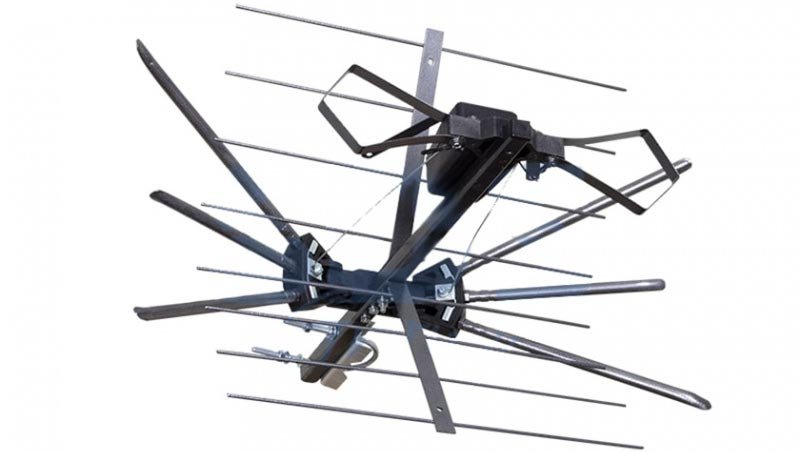
It's no secret that the reception of electromagnetic waves in the antenna is carried out with the help of bare metal parts, called jumpers and vibrators. Accordingly, the more similar elements the antenna has, the better things are with the clarity of signal reception.
If your apartment or house is located in the city, and the transponder tower is located at a distance of less than 5 kilometers, then in this case you can use antennas containing from 2 to 8 elements.
If the house or cottage is outside the urban environment, and the distance to the TV tower does not exceed 10 kilometers, pay attention to antennas with 8-20 vibrators and jumpers in the structure.
With a significant distance from the repeater (up to 30 kilometers), the best option for obtaining a stable image on the TV will be a receiver with 30-50 elements.
In all other cases (up to a distance of 80 kilometers) only special devices containing 55-62 working parts will help.
Permissible wind load
At what wind speeds is there a chance of antenna drift?Installing a TV antenna outside implies a periodic influence of wind loads on it, so it is very important to think about this aspect at the time of the purchase. Here everything is extremely simple:
- when using the antenna in places where the wind is a phenomenon that is quite rare, transient and not strong, devices suitable for a wind load of 20 meters per second are suitable. In particular, the “ceiling” of such models occurs at an air flow rate of 40 meters per second, after which there is an inevitable destruction and scattering of work items.
- At elevations, wind gusts are usually higher than in lowlands, so for settlements and cities built in such a terrain, antennas will be needed that can withstand gusts from 25 to 50 meters per second. The economic effect from the purchase of such models will be significant, since the probability of their safety even with a storm (squall) wind is quite high.
Operating frequency ranges
What frequencies can antennas work with?In general, the wider the receiving range of a television antenna, the more channels will be available. Orient in this aspect can be on the following values:
- 29-230 MHz - if the receiving device can work within this framework, then channels 1 to 12 of the television grid of Russia will be available to you.
- channels 13 to 20 fall at 231-469 MHz frequency. However, separately this “variation” does not occur - the antennas are either limited to the previous indicator, or catch everything up to the upper bar of the next category.
- support from 470 to 862 MHz “hooks” on other channels of the broadcasting grid - from 21 to 69. However, the overwhelming majority of antennas have a limit on the upper frequency limit (most often reaching 760 MHz), which can cause the maximum 60th channel from the list.
- To determine if the antenna can work with digital TV, look for the DVB-T and DVB-T2 markings on the package label or on the plastic of the product itself. If there is none, then it is designed exclusively for working with analog signals.
The diameter of the reflector satellite dish
What does reflector diameter affect?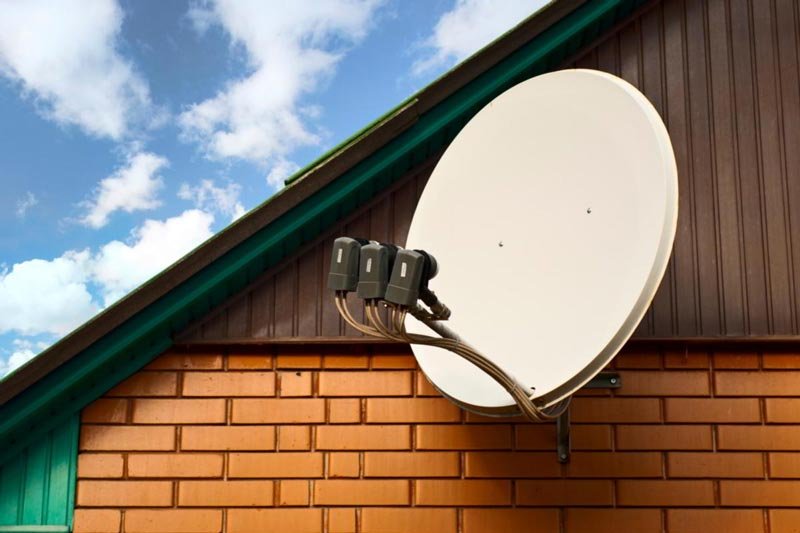
When using a satellite (digital) TV antenna, it should be remembered that the diameter of the reflector can vary in the range of 50-150 centimeters. The degree of capture of signals from orbital broadcasting satellites and the possibility of their further transmission largely depend on it. In addition, the dimensions of such a "plate" significantly affect the operation of television during precipitation.
- plates of 50-70 centimeters in size can be found in urban settings, but they are very rarely purchased by summer residents and owners of private country houses. The fact is that, supporting the reception of signals from all known providers, they are subject to a large amount of interference caused by even a small amount of precipitation.
- 80- and 90-centimeter models are ideal for supporters of "Tricolor TV" and "NTV-plus." They have a stable signal with significant gusts of wind (since they do not have a large sail area), and are also easily serviced in case of precipitation (snow, frost formation, etc.).
- a diameter of 120-150 centimeters allows you to receive signals from the Yamal, Euroset satellites, etc. Possessing high windage, they are almost immune to weather precipitation and easy to maintain. Suitable for subscribers of "Rainbow TV" and "NTV-plus lite", but most often used as unlimited receivers.
Finish
What coatings are used for exterior decoration of antennas?A very important aspect of the choice that is not paid due attention. To protect the metal of antennas from corrosion, special protective compounds are used, which prolong the service life of individual elements for a long time.
The cheapest treatment means is a powder coating that creates a stable layer of paint on the surface. Antennas with such a protective layer it is more expedient to use in places with a humid climate and frequent rains, since the main "damage" to the operational resource is applied from the sun. Over time, the coating begins to crack, crack and descend, exposing the base metal of the antenna for the initiation of corrosion.
But for dry and hot regions, models with a galvanized metal surface are ideal. Having the ability to gradually wash off the surface under the influence of water flows, this film is very resistant to direct sunlight. It lasts an average of 5-7 years, after which the coating procedure can be repeated independently.
The third type of metal antenna protection can be called a conclusion in a plastic or rubber sheath.They do this mainly with indoor antennas, which already have a solid working resource supply.
Active or passive
What distinguishes the active and passive antenna from each other?Another key parameter demonstrating the ability of the antenna to independently improve the quality of the received signal. The main difference between active and passive models is the presence of a built-in amplifier. If, when receiving a signal, the antenna relies solely on its own design (the number of vibrators and jumpers, their location), then it is called passive. The “ceiling” of these devices is 30 kilometers away from the signal source. Moreover, the quality of the final image is influenced not only by the distance, but also by the number of jamming units in the path of propagation of electromagnetic waves.
In turn, active Antennas can significantly expand the reception area to 60-80 kilometers, as well as level to a minimum interference from most obstacles. However, their main disadvantage is the cost, unlike the example higher than that of analogues without a built-in amplifier.
Amplifier selection
What kinds of amplifiers exist? What are their advantages and disadvantages?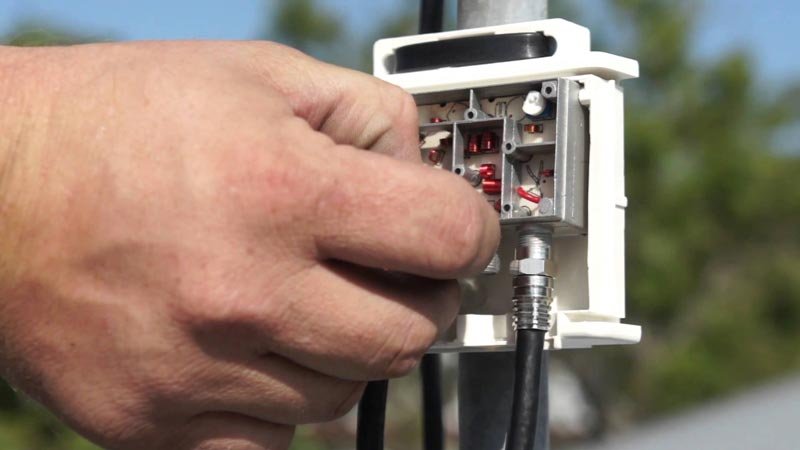
In case the cost parameter becomes more important than the quality of signal reception, the passive antenna can always be supplemented with a freelance amplifier. These devices are sold either in the form of elements with ready cable inputs / outputs, or as integrated circuits that need to be soldered into the circuit or placed directly in the antenna body (if such is provided for by the design).
Among the advantages of “prepared” amplifiers are simplicity of installation, the possibility of quick replacement, as well as (optional) the presence of several cable outputs. In other words, such models can combine the function of a splitter, dividing the signal into several streams for broadcast on different TVs.
The advantages of microcircuit amplifiers are, as a rule, a low price and a set of higher operating parameters. Actually, this also compensates for the difficulty of their installation or inclusion in the network, as well as the need to provide protection in case of precipitation.
Gain
What is the gain? What parameters does it affect?The key characteristic of any amplifier, showing how many times the amplification of the received signal will occur. Within the framework of the standard, the gain does not exceed the range from 2 to 50 dB, and is divided into three distinct groups:
- at the location of the object (be it a cottage, apartment or house) at a distance of 30 to 45 kilometers from the repeater, a device with a factor in the region of 10-20 dB is required for each type of received electromagnetic waves (decimeter and meter);
- if the distance to the source is 50-60 kilometers, the purchase of an antenna with an amplifier of 25-30 dB is ideal, provided that there are no powerful jammers on the broadcasting path;
- in all other cases, when your site is removed from the tower at a distance of up to 80 kilometers, use the most expensive, but at the same time, the most “penetrative” type of receivers with a gain from 36 to 45-50 dB.
It is also important to remember that individual amplifiers, as a rule, are focused on the small distance of the antenna from the repeater, and in most cases have a factor of 20-25 dB ... minus the possible intrinsic noise (from 1 to 5 dB).
Radio support function
How to determine whether there is support for receiving radio waves on the selected antenna?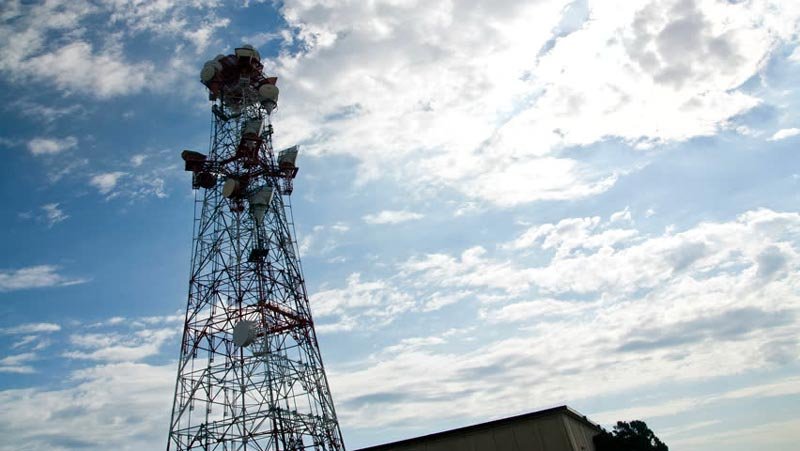
One of the additional features of television antennas is the ability to work with radio waves. In general, this aspect is secondary, but for some users it is very important (mainly the target audience of the radio is people who spend time at the cottage).
For broadcasting radio stations, it is enough to pick up an antenna with the reception of ultrashort waves. Find information about the support of such a function in the technical specifications or on the packaging (marked “VHF” or “FM”).

